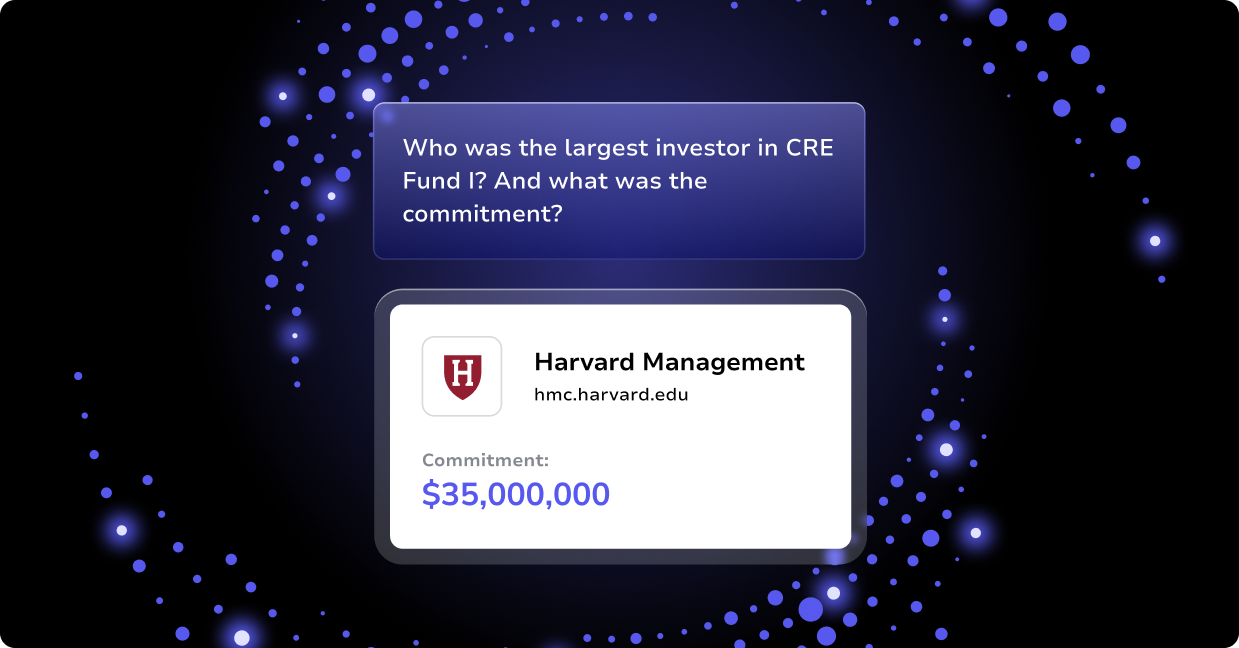Leveraged buyouts (LBOs) are a cornerstone of private equity, where financial engineering meets strategic acquisition. In an LBO transaction, PE firms acquire companies using a substantial amount of debt, aiming to amplify returns by leveraging the acquired company’s assets and cash flows. But, what does that even mean? How do LBOs work? And what are the implications for both the investors and companies involved?
What is a Leveraged Buyout (LBO)?
A leveraged buyout is a financial transaction in which a PE firm acquires a company primarily using borrowed funds, with the expectation that the target company’s cash flows will be sufficient to service the debt. The PE firm typically contributes a portion of equity capital, often alongside limited partner investors, while the remaining purchase price is funded through various debt instruments.
What does an LBO process look like for PE Firms?
Before making an acquisition, PE firms conduct their due diligence through a series of steps, including analyzing a potential company’s assets, cash flows, and cash expenditures. If the deal seems to have potential, the PE firm negotiates a price and outlines a deal structure. Next, they source capital to take ownership of the business, and then implement strategic changes and cost-cutting measures to accelerate growth (and revenue).
To determine if a deal is worth pursuing, firms use an LBO model for evaluation, which, as the Corporate Finance Institute explains, can get pretty complicated due to the unique factors that go into such a deal. These include, but are not limited to:
- A high degree of leverage
- Multiple tranches of debt financing
- Complex bank covenants
- Issuing of preferred shares
- Management equity compensation
- Operational improvements targeted in the business
Once evaluating these factors, firms need to measure key metrics to ensure the deal is favorable, such as:
- Debt/EBITDA
- Interest Coverage Ratio (EBIT/Interest)
- Debt Service Coverage Ratio (EBITDA – Capex) / (Interest + Principle)
- Fixed Charge Coverage Ratio (EBITDA – Capex – Taxes) / (Interest + Principle)
When analyzing these metrics, firms should also conduct what’s called a sensitivity analysis. This analysis forecasts LBO outcomes based on different assumptions and scenarios, such as changing the EV/EBITDA acquisition multiple, the EV/EBITDA exit multiple, and the amount of leverage (ie: debt) used.
If using a templated LBO model, it’s essential to keep in mind that certain models use specific assumptions. In Firmex’s templated LBO model, for example, it assumes 100% acquisition of the target company, that the most recent year-end balance sheet is the closing balance sheet, that there are no step-ups in asset values, and that there will be no amortization of goodwill from an acquisition. If these assumptions don’t apply to your deal, factor that in during your analysis.
How to structure an LBO:
At the heart of an LBO lies the intricate structuring of financing. PE firms work closely with investment banks and lenders to craft a capital structure that optimizes returns while managing risk. This structure typically involves a mix of senior secured debt, subordinated debt, and equity financing.
- Senior Secured Debt: This forms the backbone of the LBO financing and is usually collateralized by the assets of the acquired company. Senior debt holders have priority in repayment in the event of bankruptcy or liquidation, providing a level of security for lenders.
- Subordinated Debt: Also known as mezzanine financing, this type of debt sits between senior debt and equity in the capital structure. It often carries higher interest rates and may include equity kickers such as warrants or convertible securities, providing lenders with additional upside potential.
- Equity Financing: PE firms contribute equity capital to the transaction, typically ranging from 20% to 40% of the total purchase price. This equity investment serves as a cushion against potential losses and aligns the interests of the PE firm with those of its investors.
How do PE firms ensure success with LBOs?
Positive Cash Flow:
Central to the success of an LBO is the target company’s ability to generate sufficient cash flows to service the debt. PE firms conduct extensive due diligence to assess the target company’s financial health, market position, growth prospects, and operational efficiency. By identifying opportunities to improve efficiency, increase revenue, or reduce costs, PE firms aim to enhance the target company’s cash flow generation potential.
Value Creation:
Another key point to understand is that PE firms execute LBOs with the ultimate goal of creating value for their investors. This means that the fund managers are hyper-focused on value creation in their portfolio companies. This value creation can take various forms, including operational improvements, strategic initiatives, and financial engineering. Over the investment horizon, the fund managers work closely with the portfolio company’s management teams to implement value-enhancing strategies and position the company for a successful exit.
Exit Strategies:
Exit strategies for LBO investments vary but typically include selling the company to a strategic buyer, conducting an initial public offering (IPO), or recapitalizing the company to distribute cash to investors. The timing and method of exit depend on market conditions, industry dynamics, and the specific objectives of the PE firm and its investors.
In conclusion, leveraged buyouts represent a powerful tool for PE firms to unlock value and drive growth in target companies. By leveraging debt to finance acquisitions, PE firms amplify returns while carefully managing risk. However, successful LBOs require rigorous due diligence, disciplined execution, and strategic value-creation initiatives. As a cornerstone of the PE industry, LBOs continue to shape the landscape of corporate finance and investment, driving innovation, efficiency, and shareholder value.
Unlock value, drive growth, and amplify returns with Altvia. Discover how our comprehensive suite of solutions streamlines your due diligence, execution, and strategic value-creation initiatives for successful leveraged buyouts. To learn more about Altvia’s solutions, start a conversation with our team.




